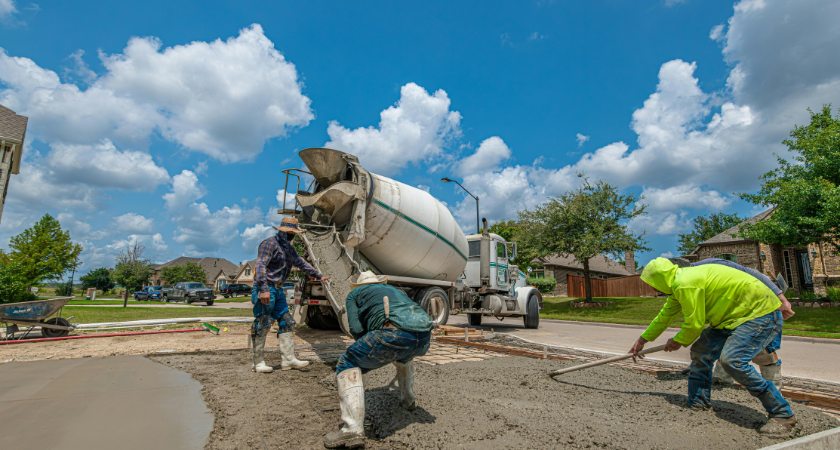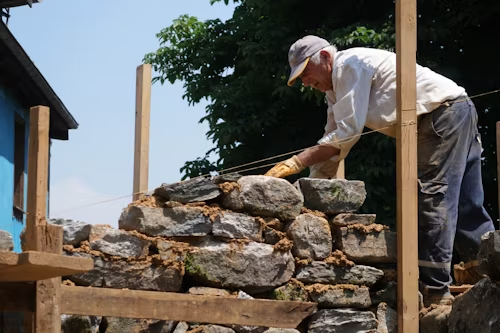
Sacramento, CA — California Governor Gavin Newsom on Friday signed a landmark law aimed at accelerating the construction of housing near transit hubs, a move supporters say is critical to addressing the state’s ongoing housing shortage.
.jpg)
The legislation, authored by State Senator Scott Wiener (D–San Francisco), overrides certain local zoning restrictions, enabling developers to build multi-family residential units near major public transportation centers. These areas, often called transit-oriented development (TOD) zones, are seen as strategic for promoting sustainable growth while reducing car dependency.
“By streamlining approvals and encouraging denser communities near transit, this law helps make California more livable, equitable, and environmentally responsible,” Wiener said in a statement.
Supporters argue that the law will ease the state’s worsening housing crisis by making it easier for developers to construct affordable units in high-demand areas. They also note that such projects can reduce commuting times, lower greenhouse gas emissions, and foster walkable neighborhoods.
However, the law has its critics. Los Angeles City Councilmember Traci Park expressed concerns, saying, “While the goal of increasing housing is important, this measure doesn’t fully address the infrastructure and traffic pressures already impacting our neighborhoods. Local communities must still be able to plan for growth responsibly.”
The legislation allows for bypassing some local zoning approvals, but developers are still expected to meet statewide building codes and safety standards. In addition, environmental impact assessments remain a requirement, ensuring that new developments do not harm surrounding communities or ecosystems.

Urban planners highlight that California’s housing shortage is among the worst in the nation, with a gap of over 1.5 million homes needed to meet demand. By focusing on areas near transit corridors, the law seeks to maximize housing density in locations where residents can rely less on cars, which could also reduce traffic congestion in urban centers.
The new law has prompted immediate interest from developers. Several projects are already in the pipeline, including mixed-income apartment buildings in San Francisco, Los Angeles, and San Diego, targeting locations within walking distance of metro stations, bus lines, and commuter rail.
“This is a pivotal moment for California,” Wiener added. “We now have the tools to create vibrant, affordable communities near transit hubs where people can live, work, and thrive without relying solely on cars.”
Despite the optimism, some housing advocates caution that simply speeding up construction isn’t enough. They argue that pairing the new law with increased funding for affordable housing and investments in local infrastructure is essential for its success.
As developers and cities adjust to the new legislation, observers say the law could serve as a model for other states struggling with housing shortages, balancing growth, affordability, and sustainability in high-demand urban areas.
Originally reported by West Side Today.